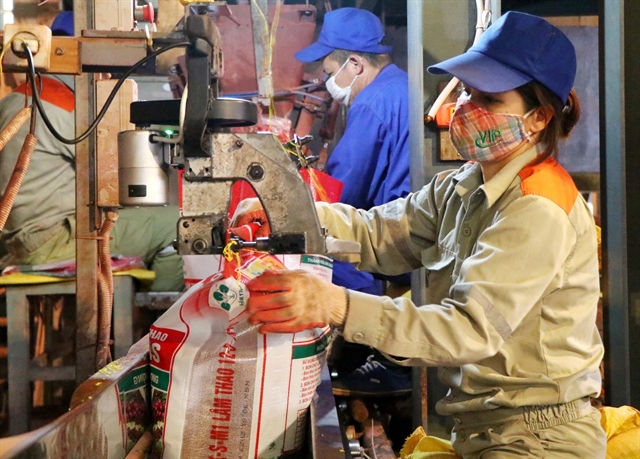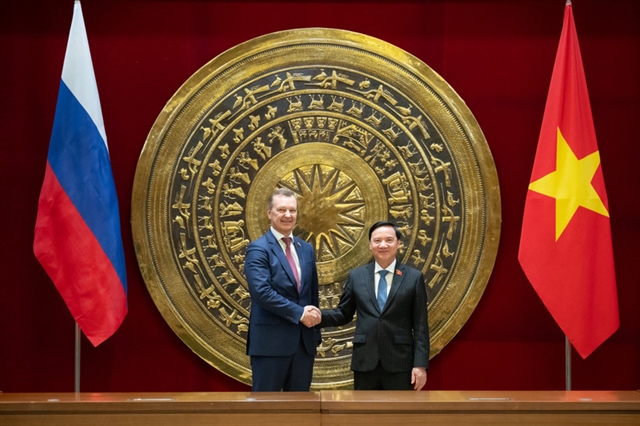 Economy
Economy

 |
| Workers package fertilisers at a factory in Phú Thọ Province. Fertilisers are categorised as VAT-exempt commodity under the law. — VNA/VNS Photo Trung Kiên |
HÀ NỘI — VAT-exempt status is more of a hindrance than a help for domestic producers as it puts them at a cost disadvantage against foreign rivals.
That was the comment from the Vietnam Chamber of Commerce and Industry (VCCI) on the Law on Value-Added Tax (VAT) that has been under revision recently.
VCCI said under the law, certain categories of goods and services had been made VAT-free, including unprocessed agricultural products, fertilisers, animal feeds, and farm equipment. The status has saved domestic producers a nice chunk of their profits for tax but made them ineligible for input VAT credits.
Meanwhile, imports of the same categories, despite having been entitled to input VAT credits in their original countries, are given the same tax privileges when entering Việt Nam.
Given that input VAT credits can amount to between 1.0 to 8.0 per cent of product prices, the "free launch" has tilted the playing field significantly in favour of foreign producers.
"If the problem is left unresolved, the domestic manufacturing sector would lose ground to its foreign competitors," said a VCCI representative.
VCCI called for VAT to be imposed on the above-mentioned imports to offset the input VAT credits that they enjoy in their original countries. For categories of goods and services that Việt Nam does not import, VCCI said the VAT-exempt status could be maintained.
Five options for taxation have been proposed to level the playing field. The first option involves identical VAT rates of 5.0 per cent, the second entails VAT rates of either 5.0 or 0.0 per cent.
In the third option, different VAT rates would be imposed on different categories of goods and services.
The fourth option, meanwhile, divides goods and services into two groups. One group, which is VAT-free under the law, would be subject to VAT rates of 5.0 per cent whereas the other continue to be taxed at 10 per cent.
In the fifth option, goods and services would be subject to VAT rates of 5.0 per cent and the amount would be deducted to input VAT credits.
VCCI urged lawmakers to consider choosing either the third or the fourth option when making a revised version of the law. The chamber also highly approved of their efforts to narrow down the scope of VAT-exempt goods and services in a recent draft version.
The draft, as a VCCI representative said, was on point and would serve domestic producers well. — VNS




